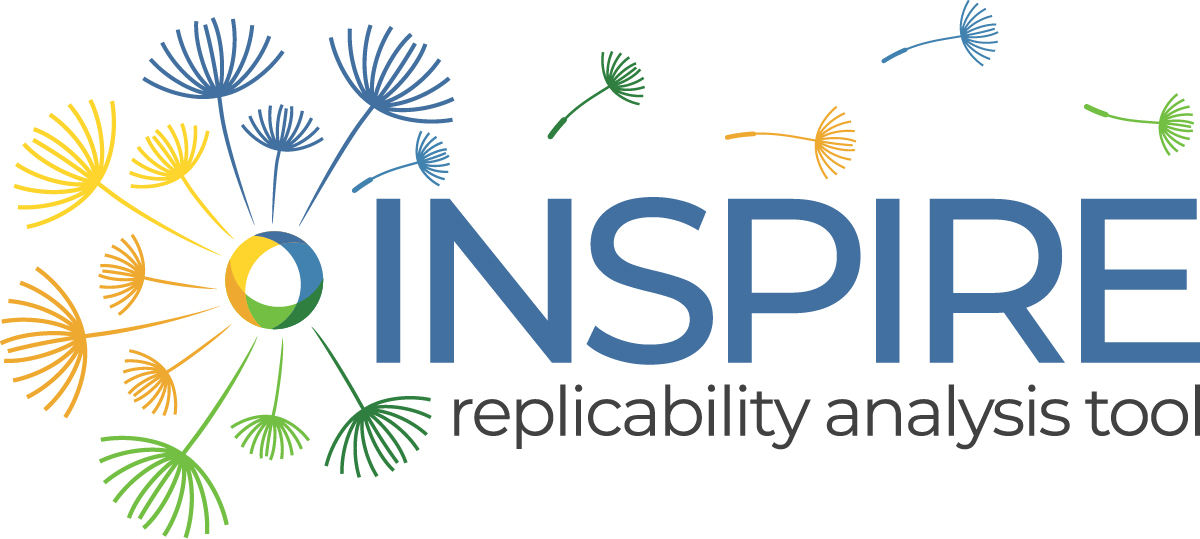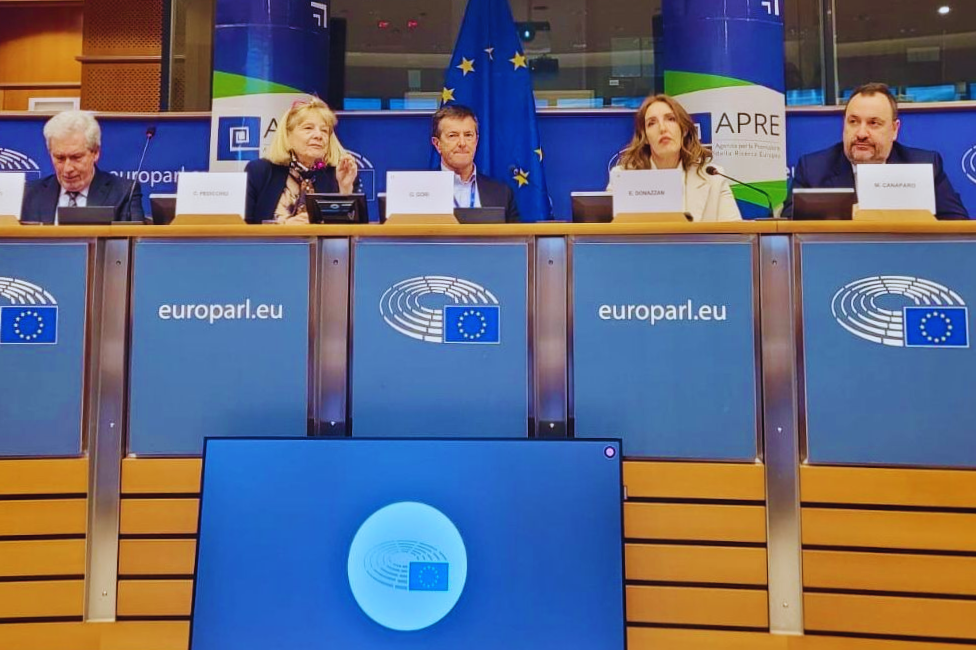
In pursuit of a sustainable future, the European Union has firmly positioned energy efficiency as a cornerstone of the European Green Deal and its ambitious path to carbon neutrality.
The Open Access Government publication recently published an article on the power of energy efficiency using the multi-benefit approach developed in the EU-funded Referee project. “Unlocking the power of energy efficiency: A multi-benefit approach with the Referee tool” is mainly written by Stefano Faberi, Senior Research of ISINNOVA and Project Manager of the Referee project. As implementation efforts across the continent evolve, the REFEREE tool is becoming a critical ally for decision-makers and stakeholders, guiding energy efficiency planning through a lens that captures its multi-benefits.
The real power of energy efficiency
Recognised as an essential strategy in the fight against climate change, energy efficiency offers a significant opportunity to reduce greenhouse gas emissions. The 2022 Intergovernmental Panel on Climate Change (IPCC) report highlights the role of energy efficiency in sectors such as industry, transport and buildings as a primary method of reducing emissions. For example, energy efficiency improvements in the EU’s buildings sector could potentially reduce the energy demand of residential buildings by 19.4% by 2030 and by 43% by 2050 compared to 2018 levels.
But the drive for energy efficiency goes beyond minimising energy consumption and emissions. It is a gateway to myriad societal benefits, including enhanced energy security, economic competitiveness and improved public health. Investment in energy efficiency is a powerful economic stimulant, with an estimated 17 to 19 jobs created for every million euros spent. Notably, if France had met its 2020 renovation targets, the energy savings would have been equivalent to the country’s total natural gas imports from Russia.
Political momentum for energy efficiency
Current geopolitical tensions and economic uncertainties emphasise the urgency of realising the full potential of energy efficiency. Recognising the wider non-energy impacts helps policymakers make more informed decisions, guide public and private investment and shape the public discourse on energy transition. The EU’s commitment to this potential was demonstrated by the introduction of the Efficiency First principle in 2018, which prioritises energy efficiency solutions that are more cost-effective from a societal perspective. The revision of the Energy Efficiency Directive as part of the Fit for 55 package reaffirmed this stance, requiring Member States to take into account the broad cross-sectoral and long-term impacts of energy efficiency in their policy and investment decisions. However, realising this vision remains a complex challenge.
Designing energy efficiency policies: An uphill road
Adopting a multi-benefit approach to energy efficiency policy design is fraught with challenges, including data limitations, methodological complexities and lack of awareness. Such comprehensive assessments require more resources than traditional policy evaluations, a problem acutely felt by regions and cities already struggling with capacity constraints. The European Investment Bank reports that 69% of municipalities across Europe cite a lack of expertise in environmental and climate assessment as a barrier to green investment. Even with adequate skills, a significant increase in the workforce is needed to implement the required climate and energy policies, often doubling or tripling current human resources.
The REFEREE tool explained
The REFEREE tool addresses these barriers by supporting policy makers and investors in assessing multi-benefit impacts of energy efficiency measures through an easy-to-use and free simulation platform.
Whether it’s understanding the impact on jobs of increased heat pump installations or the air quality effects of phasing out combustion engine vehicles, REFEREE has the capabilities to assess them. It can adapt to different policy instruments such as taxes, subsidies, regulations as technology phase-outs and changes in the energy mix, making it an essential tool for smart policy making.
Based on advanced stock, techno-economic and macro-econometric models, REFEREE provides insightful and accurate data. With scenario planning that includes different levels of implementation of the EU Green Deal and potential fluctuations in fossil fuel prices, the tool’s results are timely and relevant.
Summing up energy efficiency
The urgency of promoting energy efficiency is clear – it is vital for Europe’s security, competitiveness, and social well-being. REFEREE shines as a tool for empowering national and local policy makers and stakeholders, streamlining energy planning and capturing the full value of energy efficiency initiatives. The REFEREE project, realised in partnership with organisations such as ISINNOVA, Cambridge Econometrics, Mcrit, Center for the Study of Democracy, Jacques Delors Institute, B.A.U.M. Consult, European Environmental Bureau, is at the forefront of this integrated approach, ensuring that the journey towards energy efficiency is not just a goal, but a comprehensive strategy with far-reaching benefits.




